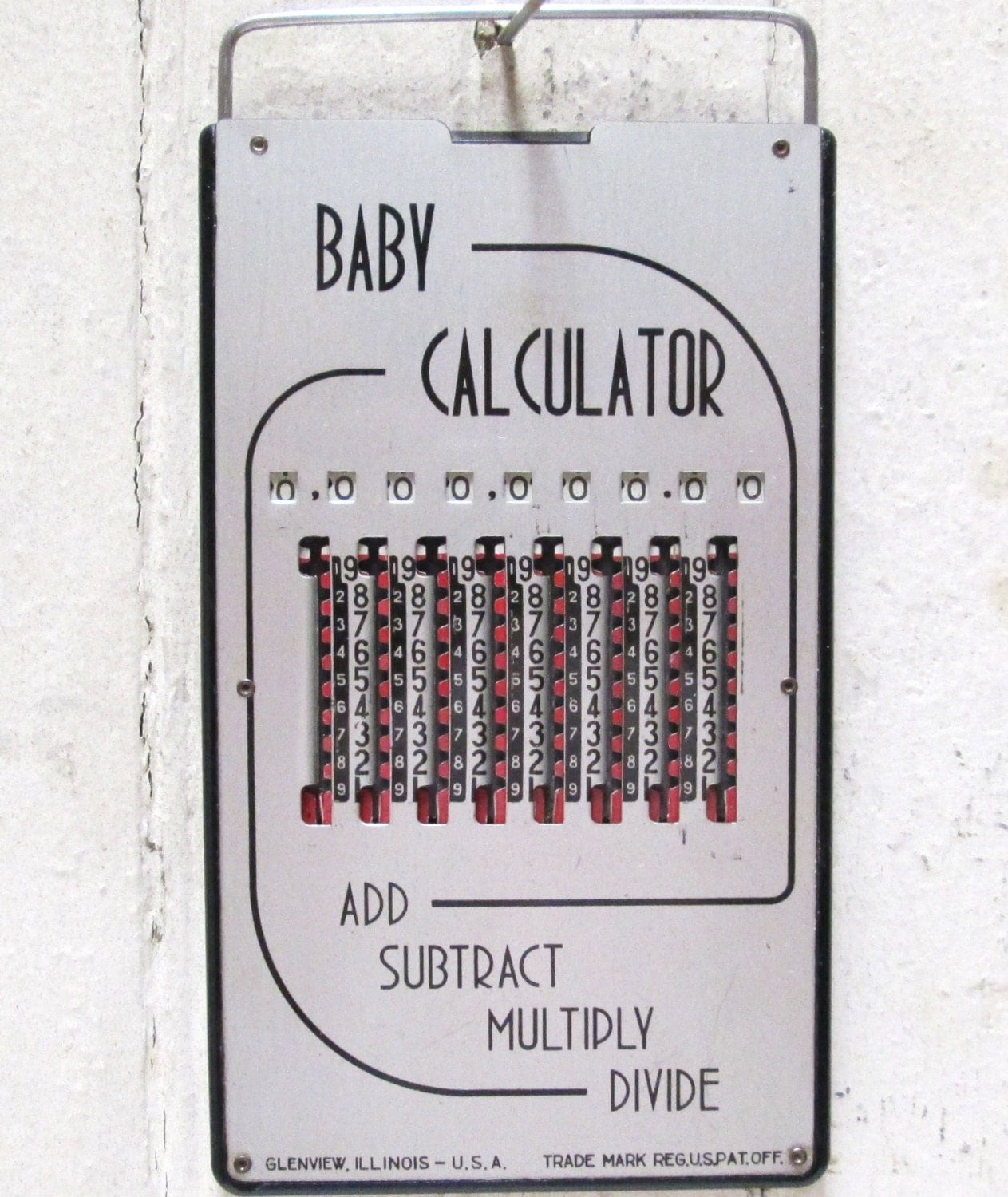

Progress in the construction, operation, and internal mechanisms of The machines on this page show something of the variety and the In Australia, as they were sold in quantity during the mid-1960s toĪssist in the change-over to decimal currency. Resulta) continued in production for almostĤ0 years. Novelties, while others (such as the far more capable Most of these small adding machines were fairly short-lived. Wondrous variety in the arrangement of the discs, dials, and tens-carry Reversible registers and some are fully bi-directional. Subtraction (when offered) is usuallyĭone by the addition of complements, although some machines have

Most of the simple machines rotate only in one direction, and mostĪre limited to addition only. Rotated indirectly through various sorts of setting and actuating In more complex versions the register dials are

Machines the discs are often rotated directly by finger pressure, or Horizontal axis to form a "register" or "accumulator". Plastic discs, numbered around their edges, and mounted on a single
#Swift handy calculator instructions series#
The most common design of small adders involves a series of metal or These "multi-axis" machines were quite popular during the 1920s and 30s. Rows of smaller 10-tooth dials mounted flat on a long ruler-like base. These machines were often based on a large flat disc withġ00 numbered teeth, with a simple carry mechanism into the hundredsĪs carry mechanisms improved, multi-column machines were built with There are many types of simple adding machines based on rotaryĭiscs and dials, and mainly intended for personal or light-dutyĮarly machines (from the 1850s to the early 1900s) were oftenĭesigned for adding only a single column at a time - first the unitsĬolumn, then the tens, and so on, in the same way that addition is done John Wolff's Web Museum - Small Rotary Adding Machines John Wolff's Web Museum Small Rotary Adding Machines


 0 kommentar(er)
0 kommentar(er)
